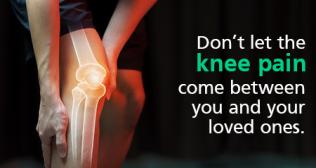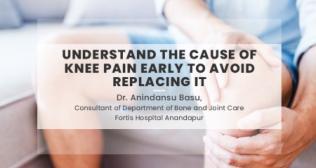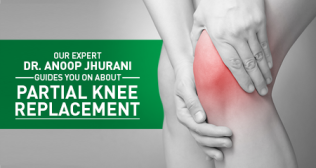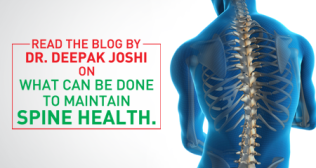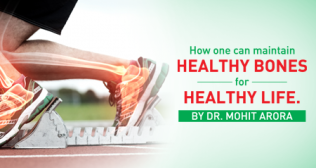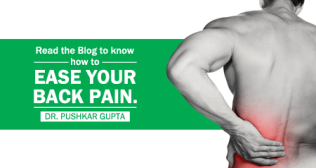
Arthroplasty (Joint Replacement) in Young: A New Hope!
Orthopedic implants and prostheses date back to Egyptian mummies 3,000 years ago, however this technology was rudimentary.
Due to arthritis or injuries, joints irreversibly damaged, people are left crippled and in pain. Joint replacement gives freedom from pain and ability to enjoy a quality life.
Today, we can replace multiple joints in the body—hip and knee replacements are gold standard.
People used to feel joint replacement surgery is only for the elderly. Not anymore. Now there’s hope for the young. The evolution of joint replacements is interesting.
Hip is a ball-socket joint, connecting our legs to the body. Ivory, acrylic, glass, etc, were tried to mimic the joint, failing miserably. These materials were incompatible with human body, not wearresistant. Glass was brittle and would eventually shatter or prosthesis wouldn’t anchor in bone leading to loosening.
First breakthrough came after introduction of cobalt chrome alloy in medical devices; it’s smooth, strong and hardwearing. In 1930s Moore and Thompson (USA) separately designed cobalt chrome hip replacements to give decent long-term results.
In 50s Charney devised first successful hip replacement using high-grade stainless steel, high density polyethylene (HDPE) and acrylic cement. He got the perfect materials - bone cement, HDPE socket and steel stem, making it unbeaten until next millennium.
Muller (Swiss) and Ling (UK) devised successful hip replacements around the same time. McKee and Farrar (UK) laid foundations for the famous “metal on metal hip”. It’s the most robust hardware ever to be designed to go in human body lasting decades.
This is when hope was presented for the young suffering with arthritis. A 25-year-old arthritic could have a hip replacement lasting few decades.
Arthritis affects at any age – youngsters can be crippled with rheumatoid arthritis. They need a joint replacement lasting decades hence the need for a joint lasting a lifetime. Titanium alloys were developed around 2nd World War time; being light, strong, especially bone-friendly, gained popularity as a prosthetic design, staying there because of its longevity.
Further advances came with ceramics; ceramic balls and sockets never wear out! Classic Charnley hip joint used acrylic cement, found to be good for elderly. Methods were devised to coat the titanium joints with “calcium hydroxyapatite” or titanium wire mesh making it bone-friendly.
These coated joints with ceramic bearings are gold standard for youngsters needing a joint replacement. The joints’ coating evolved after introduction of “tantalum” (trabecular metal) that literally blends with bone having potential to last lifelong.
Gunston and Insall (USA) developed first successful knee replacement in 70s. Knee joint is complicated compared to the hip hence it took time before knee replacements could be offered to youngsters. Advances of titanium alloys, ceramic and tantalum coatings were adapted for knee replacements to give new life to young arthritics.
Elderly people with joint replacements enjoy a good life but there’s a difference— they are low demand individuals while youngsters have a high demanding lifestyle, they are sporty and active. It’s a matter of pride that modern customised joint replacements allow them most of these activities.
While the materials evolved, our understanding of the anatomy improved and joint replacement designs could be enhanced. Computerised navigation of joint replacements proved to be a huge step as information was exchanged with a PC using infra-red beams providing lasersharp precision.
With computerised arthroplasty, patient’s CT images got fed into the computer, allowing surgery to be planned while we sat in office, a day earlier, eliminating human errors! Combination of computer technology and ‘customized joint’ gave birth to robotic joint replacements— a robotic arm controlled by surgeon’s hand to perform a hip/knee replacement with impeccable precision and flexibility.
It’s been quite a journey over the last century. Perfect understanding of anatomy evolved ideally designed prostheses. We undertook training to keep ourselves abreast with technology and the surgical handicraft.
Today, I won’t hesitate to offer a hip or knee replacement to a 25-year-old badly needing that smile!
Categories
Clear allMeet the doctor

- Orthopaedics | Orthopaedics
-
35 Years
-
1500








